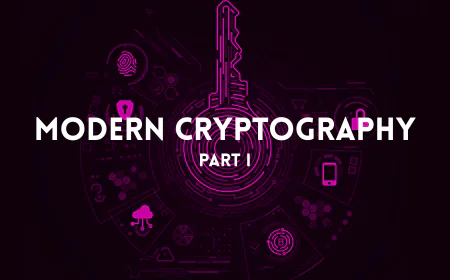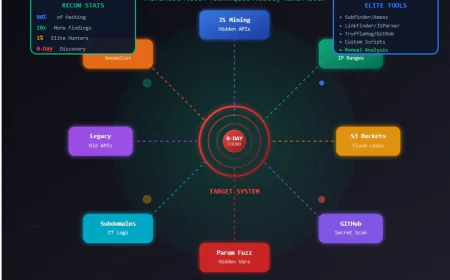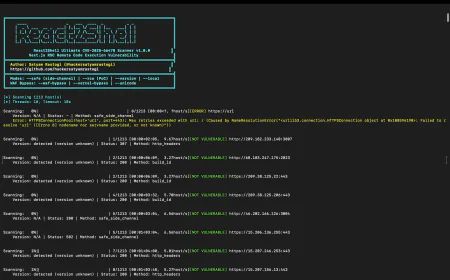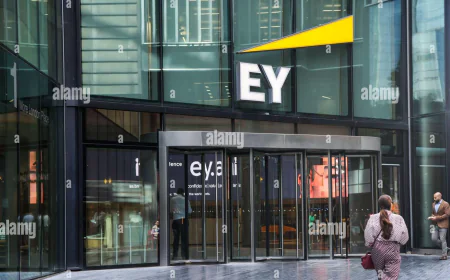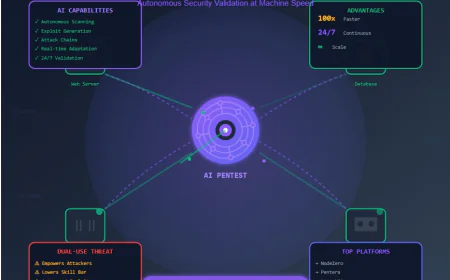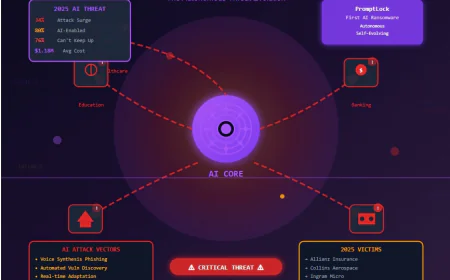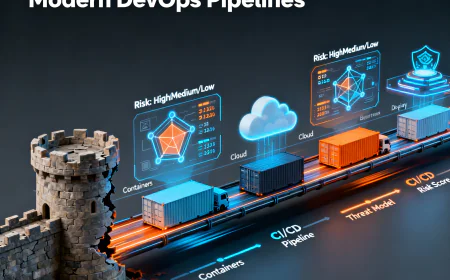Cost-Aware DevOps – Automating Cloud Cost Optimization
In a world where every CI/CD run spins up costly compute and storage, Cost-Aware DevOps is redefining the culture of efficiency. By embedding FinOps intelligence directly into DevOps pipelines, teams can automate cost visibility, enforce budget policies, and dynamically optimize cloud resources — without slowing down delivery. This blog explores how integrating FinOps with CI/CD enables organizations to achieve performance, agility, and cost governance — all in one automated flow.

Introduction
Cloud adoption has revolutionized how modern systems are deployed — yet it has also brought a silent enemy: uncontrolled cloud spending.
Teams move fast, spin up on-demand environments, and scale microservices across regions — often without realizing how costs accumulate with every commit, test, and deploy.
Traditional cost monitoring tools can only react after money is spent. But what if your pipeline could prevent waste before deployment even happens?
That’s where Cost-Aware DevOps steps in — a paradigm shift that merges DevOps automation and FinOps discipline to ensure every pipeline decision is cost-informed and financially optimized.
Core Concept: FinOps-Driven DevOps Pipelines
Cost-Aware DevOps is not about limiting innovation — it’s about making engineers financially responsible through visibility and automation.
At its heart, it embeds FinOps principles into your DevOps lifecycle:
|
DevOps Stage |
Cost-Aware Enhancement |
Example Tool |
|
Build |
Estimate build and artifact storage cost |
Cloud Custodian, AWS Cost Explorer API |
|
Test |
Spin ephemeral test environments and auto-terminate |
Terraform + Jenkins + TTL scripts |
|
Deploy |
Tag workloads with cost center IDs |
AWS Lambda / Azure Policy |
|
Monitor |
Track spend per commit or branch |
Kubecost / CloudHealth |
|
Optimize |
Auto-scale based on cost-performance metrics |
KEDA / Prometheus / AWS Budgets |
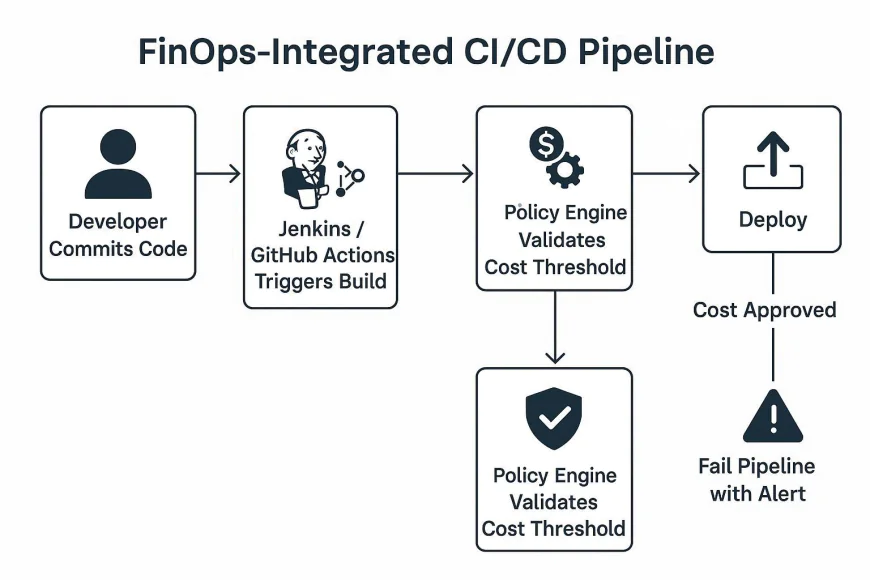
Key Mechanisms Behind Cost-Aware DevOps
1. Cost Visibility as Code
Cost visibility must be programmatic, not a dashboard-only approach.
By using APIs (AWS Cost Explorer, GCP Billing Export, Kubecost API), your pipeline can predict and log projected costs for every build or environment.
Example:
In Jenkins, you can add a stage:
stage('Cost Check') {
steps {
sh 'python scripts/check_cost.py --threshold 10'
}
}
If the cost estimate exceeds $10 per environment, the pipeline fails before provisioning.
2. Dynamic Environment Lifecycles
Testing environments often stay active longer than needed — silently inflating bills.
Use ephemeral environments that auto-destroy after CI/CD completion.
Tools like Terraform + TTL (Time-to-Live) modules or Kubernetes Jobs can ensure that resources self-destruct when no longer required.
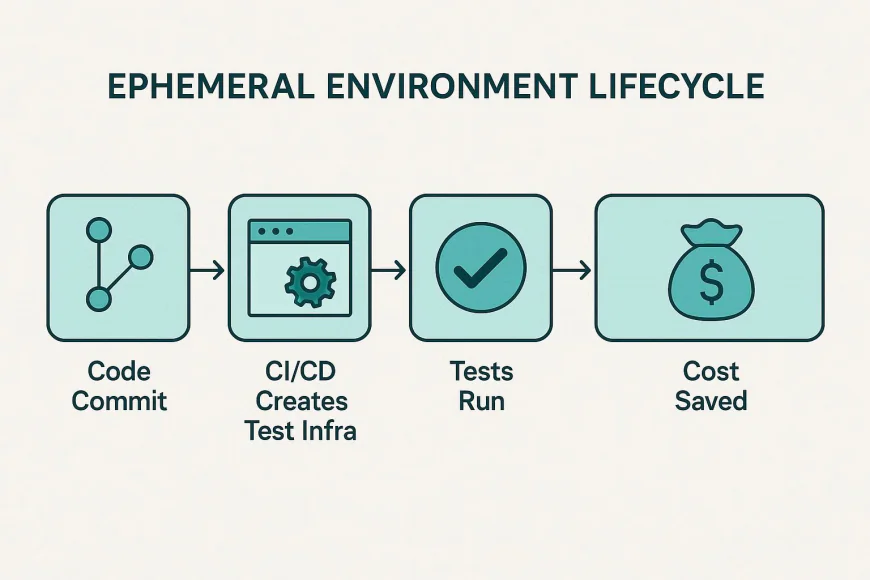
3. Cost-Aware Auto Scaling
Traditional auto-scaling focuses on CPU/Memory utilization — but a cost-aware scaler also factors in the budget limit.
Using KEDA (Kubernetes Event-Driven Autoscaler) or Prometheus + AWS Lambda, you can create rules like:
“Scale up only if cost-per-hour < $X and performance SLO is unmet.”
This ensures scaling decisions are both performance and cost-efficient.
4. Policy-Driven Governance
Integration of Open Policy Agent (OPA) or Cloud Custodian allows defining policies like:
- Block deployments if cost exceeds budget.
- Enforce resource tagging for accountability.
- Prevent provisioning of unapproved instance types.
This automation creates a guardrail system — not a bottleneck.

Practical Example: Cost-Aware Deployment Pipeline
Let’s walk through a real-world setup:
- Source Control → GitHub repository triggers pipeline.
- Build Stage → Container image built and pushed to registry.
- Cost Estimation Stage → FinOps API checks predicted monthly cost of the workload.
- Policy Validation → OPA verifies compliance.
- Deploy Stage → If approved, deployment proceeds to Kubernetes via ArgoCD.
- Post-Deployment Monitor → Kubecost monitors real-time cluster spend and sends alerts to Slack.
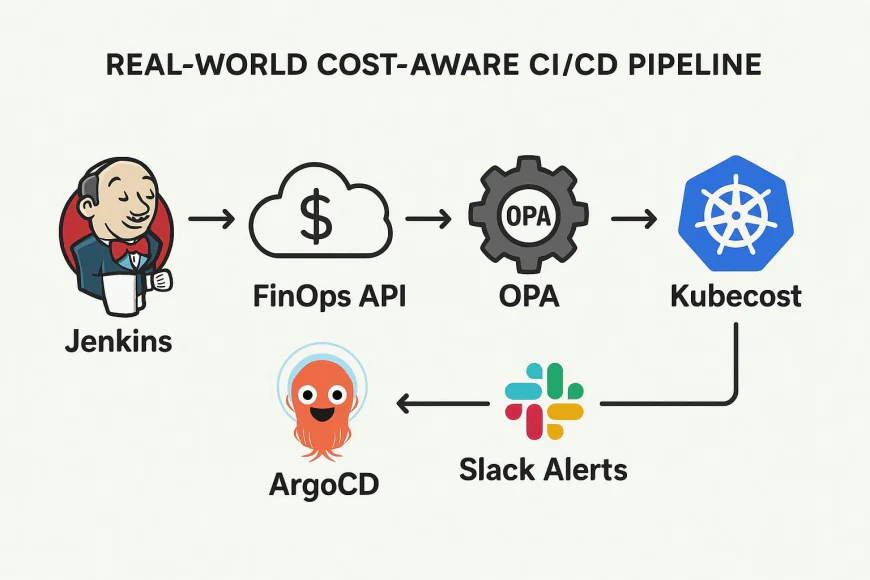
Benefits of Cost-Aware DevOps
Proactive Cost Governance – Detect overspending before it occurs.
Developer Empowerment – Cost data becomes part of the build feedback loop.
Operational Efficiency – Automated optimization reduces manual review.
Business Alignment – Engineering decisions directly reflect financial strategy.
Conclusion
The evolution from DevOps to Cost-Aware DevOps is inevitable in a cloud-first economy.
By merging FinOps insights into automation pipelines, teams transform from “cost consumers” into “cost optimizers.”
Every deploy, test, and scale event becomes financially intelligent — turning cloud cost from a liability into a strategic advantage



